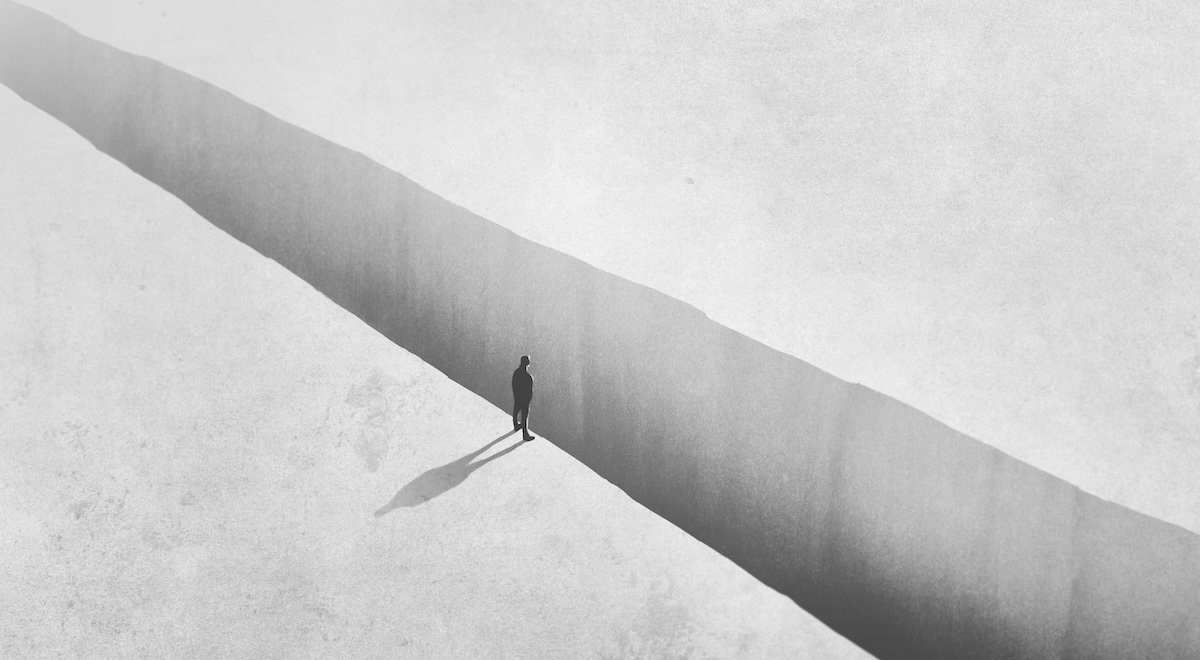Governmental restrictions on abortion lead to other human rights abuses, study finds

LAWRENCE — Human rights are rarely secure. When one specific right is taken away, more can fall like dominoes.
“Reproductive access is an integral component of the human rights regime,” said Nazli Avdan, associate professor of political science at the University of Kansas. “When there’s encroachment upon abortion access and reproductive rights — or other sets of rights that exclusively affect a segment of the population — what other pernicious mechanisms do they set in motion?”
That’s the question answered in her new paper “A Ticking Time Bomb: Restrictions on Abortion Rights and Physical Integrity Rights Abuses.” It examines the relationship between restrictions on abortion and future physical integrity rights (PIR) abuses. Avdan’s research finds that when abortion restrictions are enacted, political regimes are better equipped to shift society and consolidate power, as a subdued public is discouraged from voicing collective grievances.

The work appears in the American Political Science Review.
“What scholarship had overlooked thus far is the interlinkage between liberalism, democracy and abortion access or reproductive rights in general. While there was this implicit recognition that they are tied, they had not been empirically associated with each other,” said Avdan, who co-wrote the paper with Amanda Murdie of the University of Georgia and Victor Asal of the University of Albany.
Because abortion is inherently gendered, a misunderstanding has developed that it does not impact the general human rights environment, Avdan said. It can be studied in isolation as a gender issue or a women’s rights issue. But physical integrity rights affect everyone. These are fundamentally inviolable, and they include protection from abuses such as political imprisonment, torture and extrajudicial killings.
“Our key finding is that abortion restrictions set in motion other, quite pernicious intermediate mechanisms such as increased social inequality,” she said. “This coheres with the public policy debate that such restrictions unduly impact marginalized populations, whether those are of lower socioeconomic status, minority status or vulnerable by virtue of their ethnicity or race.”
The study also finds an empirical association in which social exclusionism rises because of backtracking on abortion access. Additionally, abortion limitations augur other worrying mechanisms such as decreased social tolerance and secularism.
But are oppressive governments really using abortion to see how far they can push things? Or are they genuinely against abortion?
“Our argument is these restrictions function as a testing ground,” Avdan said.
“It is sometimes hard to parse apart whether government motivations are sincere or instrumental. But the testing-ground argument would suggest it’s part of a social engineering project of rewriting the moral code in a way that aligns with their top-down executive vision. For instance, the regimes of Vladimir Putin and Victor Orbán basically propel a right-wing return to the Christian ideal … or the ideal Russian society, the ideal Hungarian society, etc. You’ll see these same elements play out in various right-wing governments, regardless of if they’re a democracy or an autocracy.”
In the United States, the anti-abortion movement scored a monumental victory when the Supreme Court overturned Roe v. Wade in 2022’s Dobbs v. Jackson Women’s Health Organization decision. This success has inspired similar movements in other countries, including Australia, Poland and Hungary.
However, Avdan does not believe that these cases point to a global phenomenon of deteriorating reproductive and human rights.
“Typically, most countries are liberalizing reproductive rights. Similarly, the global human rights environment has been steadily improving. So even though Dobbs was our animating example -- plus a set of other countries where abortion access has been curbed back -- those are outliers. Those stand out. The general trend has been one of liberalization,” she said.
“That makes our findings more poignant because as a cautionary tale, we found that backtracking on abortion access becomes entrenched, showing a normative realignment. This was for example the case in Poland, where the incoming administration’s promises to reverse abortion curbs met resistance.”
There is, however, cause for optimism. Conversely, countries that maintain or liberalize reproductive access tend to see an improvement on human rights protections. President Marcos Jr of the Philippines, for example, promised legalization of abortion, which, according to the study’s findings, may portend strengthening human rights protections.
A native of Istanbul, Avdan is now in her 11th year at KU. She is the author of the book “Visas and Walls: Border Security in the Age of Terrorism” (University of Pennsylvania Press, 2019), and she’s written articles that include “Where There’s a Will, There’s a Way: Border Walls and Refugees,” “Women Too: Explaining Gender Ideologies of Ethnopolitical Organizations” and “Democracies at Risk? A Forecasting Analysis of Regime Type and the Risk of Terrorist Attack.”
“I hope our research offers a warning, a clarion call from a policy standpoint to understand reproductive rights are not just some narrow gender issue,” Avdan said.
“They have implications for the broader human rights environment beyond the U.S. context as well as implications for the functioning of a healthy democracy. This is not just a story of autocratic regimes like China or Russia. Even democracies are not immune from these trends.”